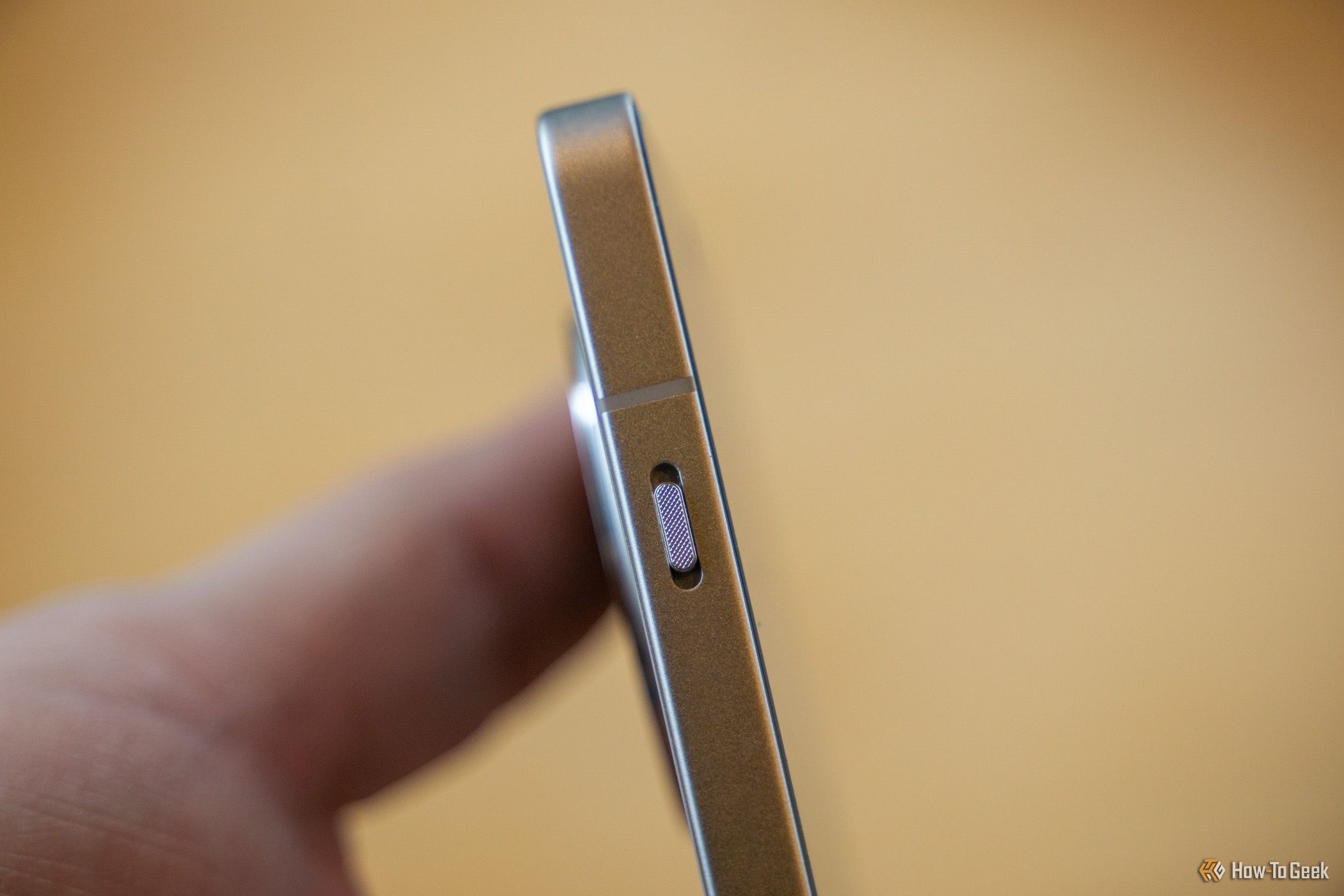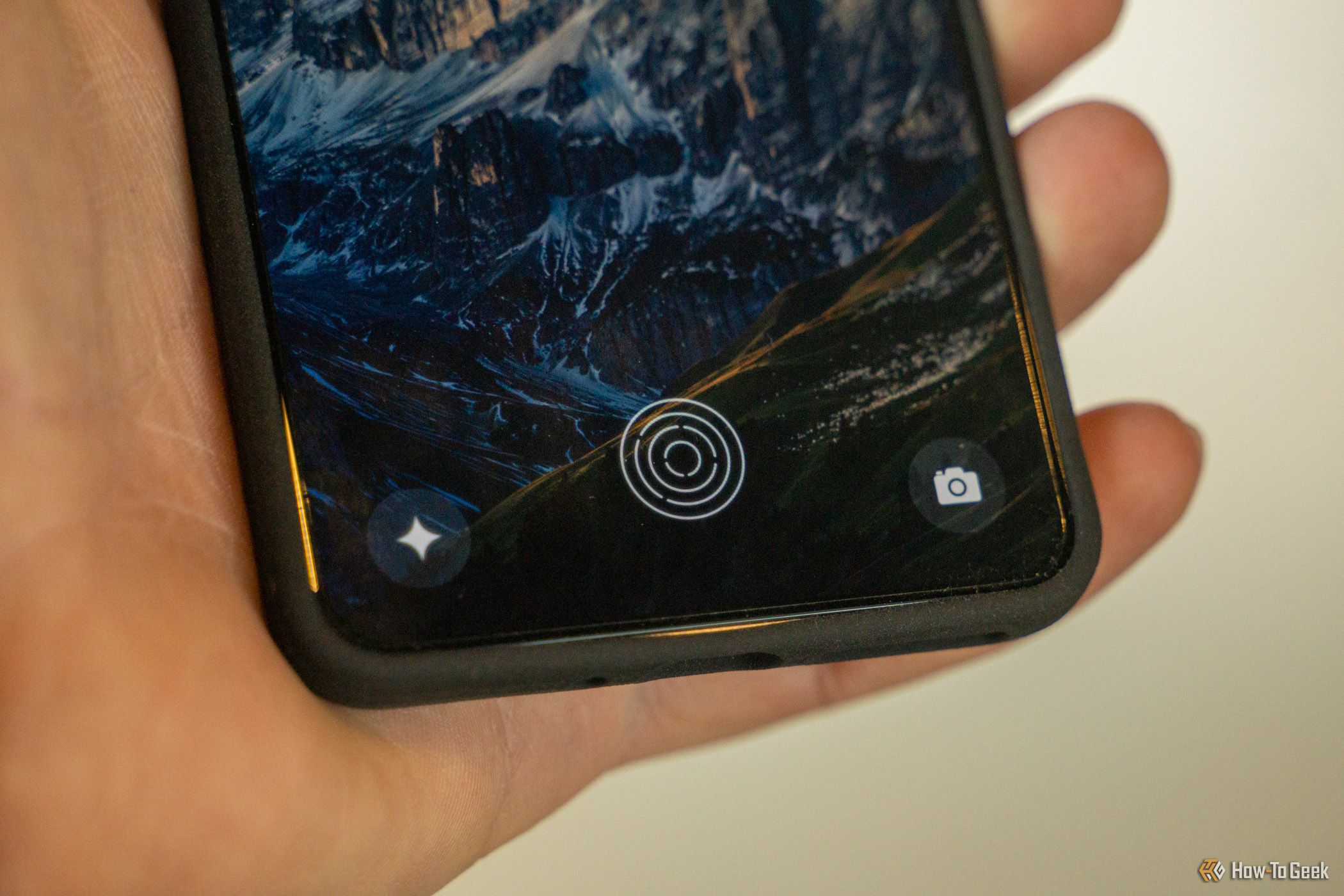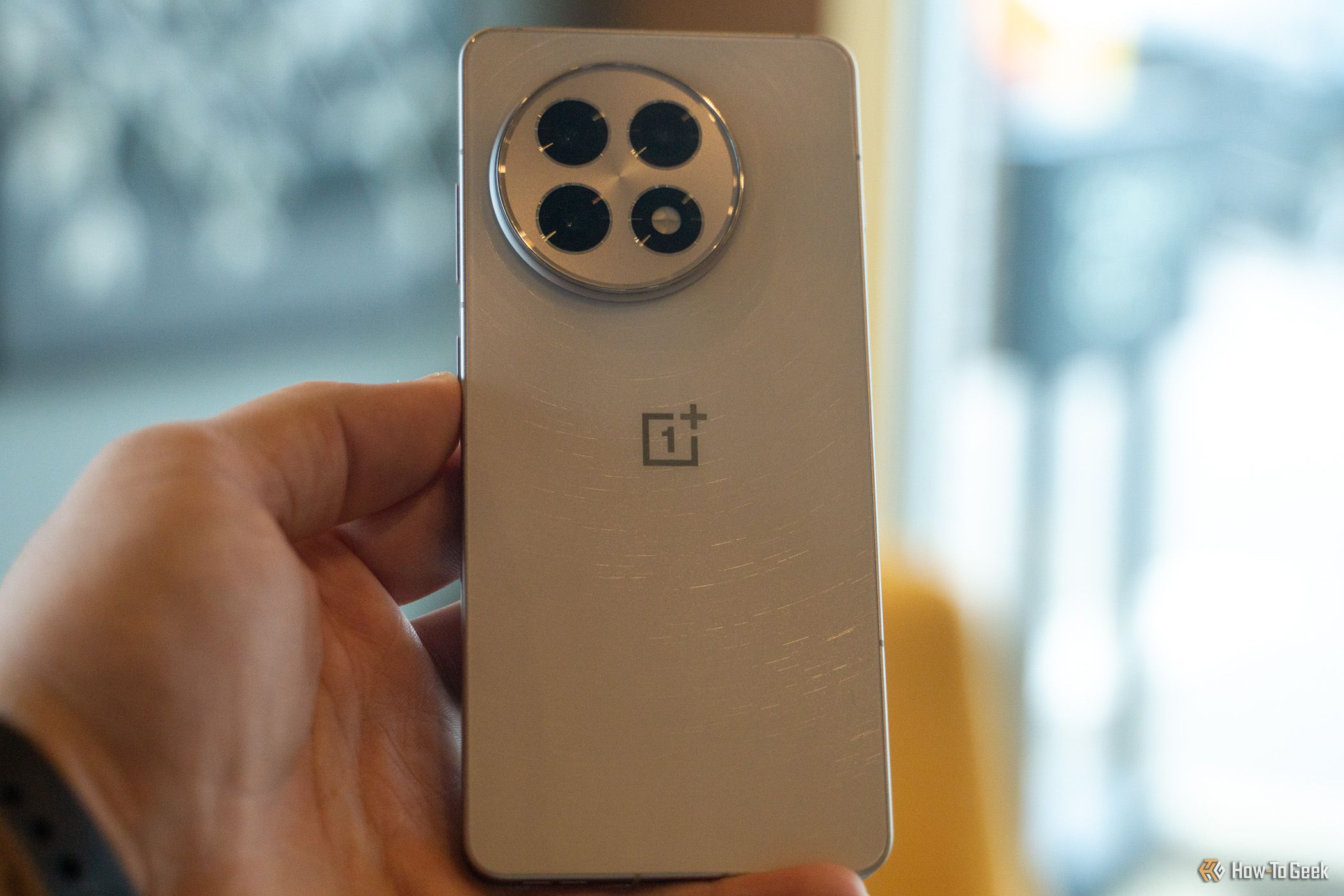Summary
- The OnePlus 13R is priced at $599, $100 more than the 12R, with 12GB RAM and 256GB storage.
- OnePlus chose to not include any form of wireless charging in the 13R, when Qi is an industry standard in just about every other phone on the market.
- The camera is a stand-out feature of the OnePlus 13R, delivering fantastic photos alongside true manual editing control with RAW capture.
Last year, OnePlus introduced its R-series devices to the US OnePlus 13R with the 12R. Continuing the tradition, we now have the release of the OnePlus 13R. While it might not be quite as powerful as the OnePlus 13, and the price has gone up since last year, the OnePlus 13R is nearly the perfect smartphone for the price.
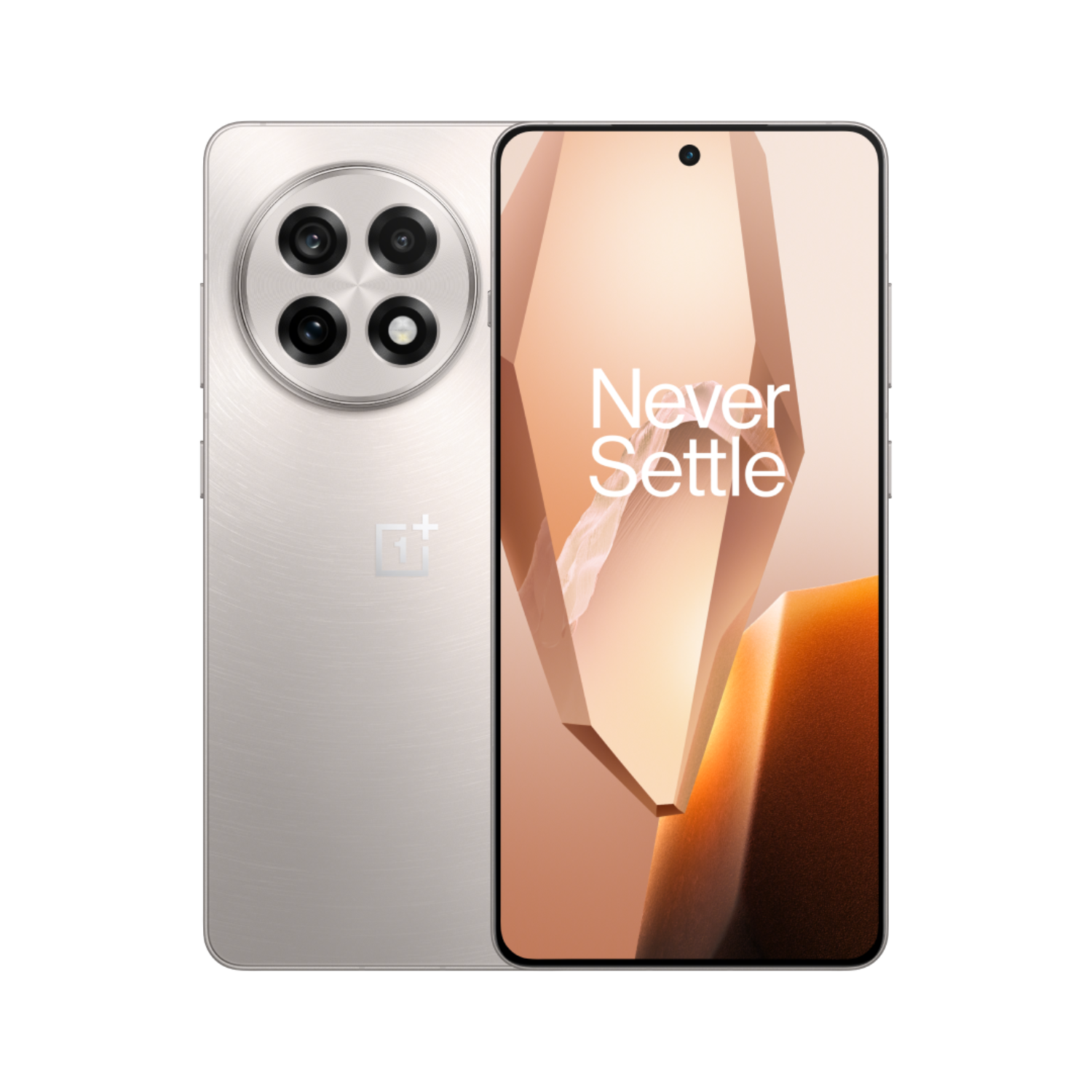

OnePlus 13R
The OnePlus 13R is OnePlus’ mid-range smartphone of 2025, featuring the Snapdragon 8 Gen 3 SoC with 12GB of LPDDR5X RAM and 256GB of UFS 4.0 storage. The 6,000mAh battery delivers all-day, if not multi-day battery life, while the triple camera array features two 50MP sensors for the standard and 2X telephoto lenses alongside an 8MP ultra-wide sensor.
- Solid battery life
- Great performance
- Fantastic main and telephoto cameras
- Doesn’t feel too big in the hand
- No wireless charging of any kind
- 8MP ultra-wide camera leaves some to be desired
Price and Availability
The OnePlus 13R is available with 12GB of RAM and 256GB of internal storage with a retail price of $599.99 directly from OnePlus or Best Buy. This is a $100 increase over the OnePlus 12R from last year.
No Wireless Charging? C’Mon OnePlus, Do Better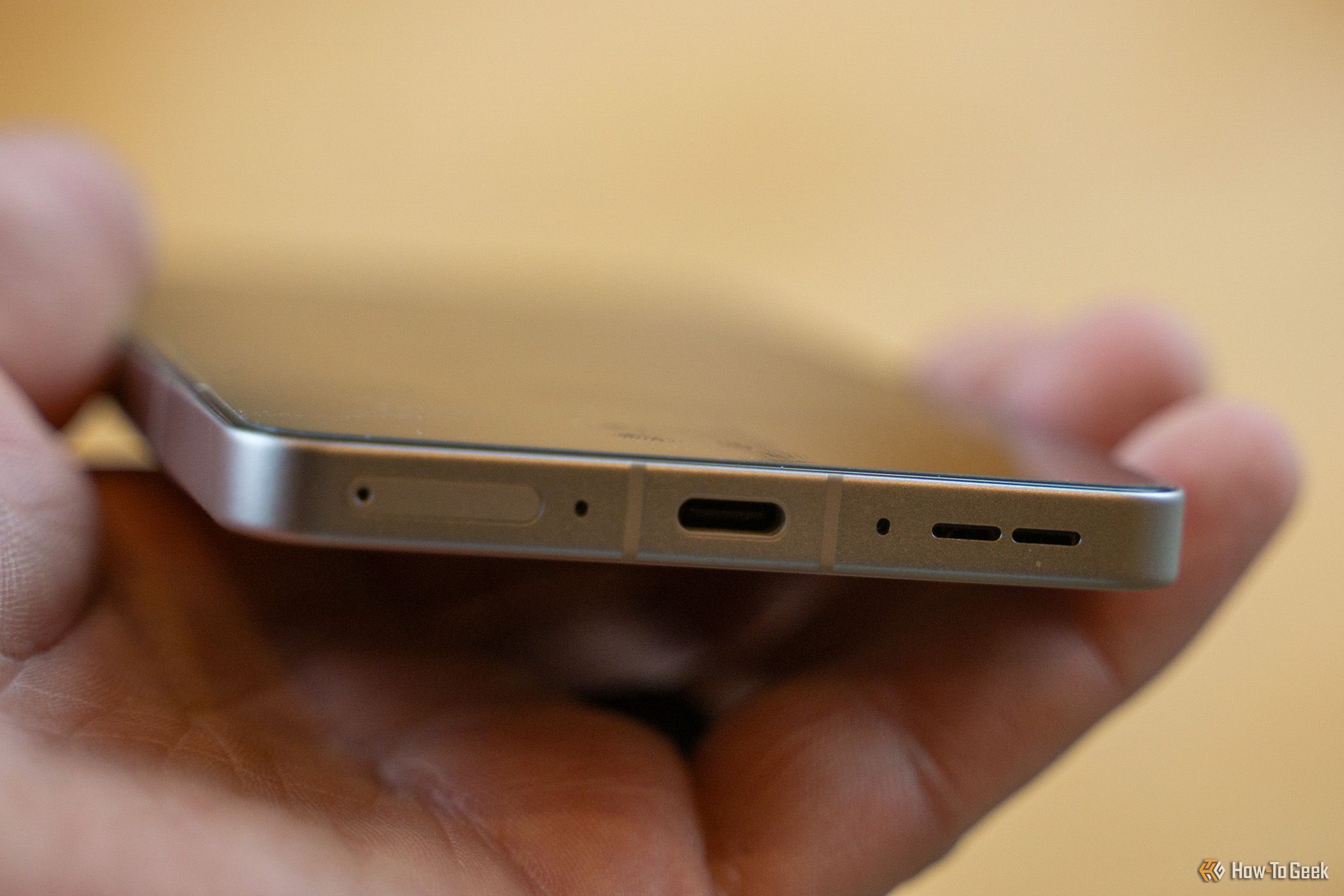
It’s 2025, and just about every modern phone supports some form of Qi wireless charging. Some phones are on the first generation of Qi, some Qi2, but most at least support the gold standard of wireless charging. Samsung has even announced a shift to Qi2 in 2025. But not this “flagship killer.”
OnePlus has decided not to support standard Qi wireless charging on either of the OnePlus 13 models. It’s an odd decision, though the flagship OnePlus 13 does support the AirVOOC 50W wireless charging. But, either way, not being able to use any of my industry-standard wireless chargers with the OnePlus 13R was a huge drawback to me.
This is exemplified even more by the fact that OnePlus has magnetic cases. The cases are fully compatible with Apple’s MagSafe standard, which means they’re fully compatible with the Qi2 standard. However, when I went to mount the phone to my MagSafe charging stand, it…did nothing. I can’t state how disappointing it is that, in 2025, OnePlus doesn’t support this major industry standard.
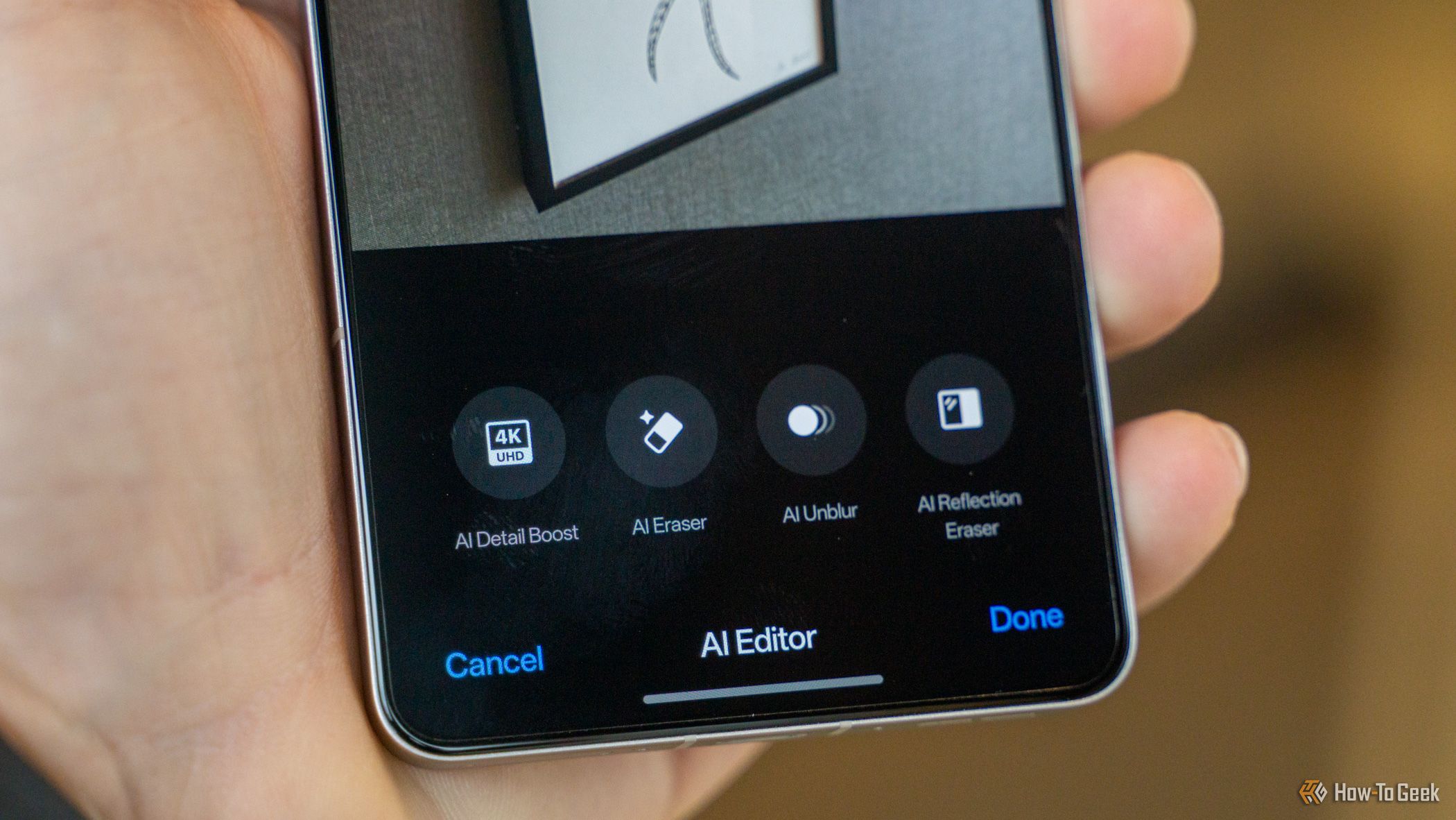
I’m going to be honest. I’ve never really used many of the AI photo editing features built into most modern phones. However, with the OnePlus 13R, I decided to dive all in. And I wasn’t disappointed.
Let’s start with the AI reflection eraser. I was skeptical at first, but after using it, I really enjoyed it. I only tested it with a few images, but on the images where I used it, it worked fantastically. The only thing that I had an issue removing were reflections from was glasses. However, for windows and such, it worked really, really well.
The AI eraser tool also worked really, really well. I started by editing a picture of my old 2001 Pontiac Trans Am (that was taken a few years ago) and removed the cars in the background. While the overall wall completely changed from the before and after, I was pleased with the end result. If you were only presented with the after, it’d be relatively hard to see that full object removal was used on the photo.
Using the AI people eraser was also relatively painless. It scans the scene for people and then can remove them with a single click. While the lasso tool works well if you want to be precise, the people remover is nice for a one-click operation.
AI detail boost I wasn’t super impressed with. It didn’t seem to do a lot with the various photos I tried it on. There were maybe some small detail changes, but nothing major. And the AI unblur function was much the same as the AI detail boost. I didn’t see a lot of benefit personally when using it.
Premium Hardware in a Mid-Range Package
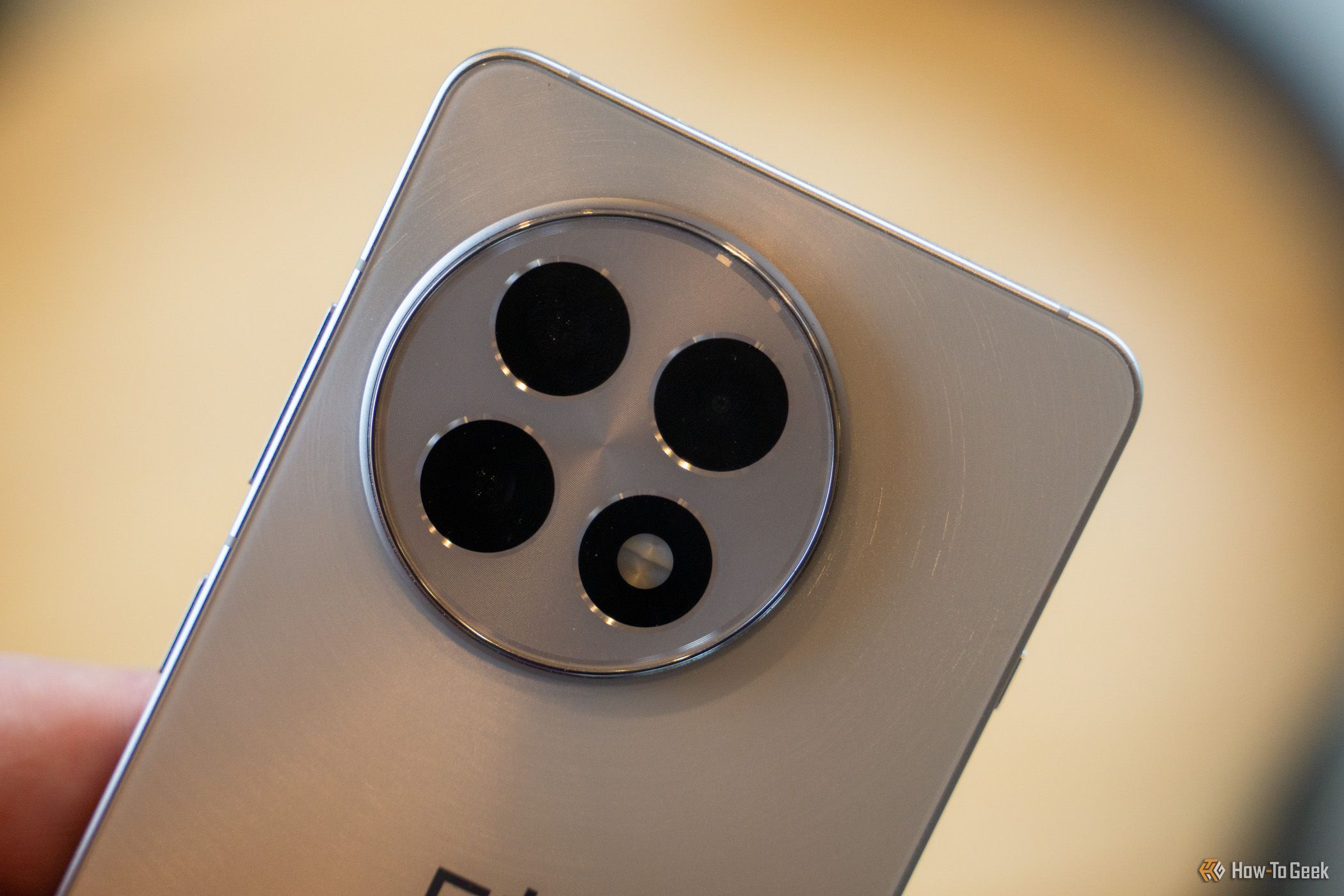
For a mid-range smartphone, the OnePlus 13R is surprisingly made of basically all metal. This was a very welcome surprise.
The sides are nice and soft (in my opinion), with a subtle roundness to the edges. The back has a brushed metal look and feel, which feels fantastic in the hand. The overall size and weight of the phone are pretty great, too. While it’s bigger than the iPhone 15 Pro, it’s smaller than the 15 Pro Max, which puts it in a pretty comfortable spot, in my opinion.
On the left side of the phone, there’s a rocker switch. This 3-position switch is actually pretty nice. It flips between loud, vibrate, and silent, with a nice click between each stage. While I enjoy the Action Button on my iPhone, I do have to admit that having a 3-position switch like this on my phone is really nice. It makes it easy to know what state your phone is in without even having to unlock it.
The OnePlus 13R also feels nice and grippy without a case and even better with a case. If we rewind time a bit to when phones were slippery (looking at you iPhone 7 Jet Black), a case was almost necessary. However, with the 13R, you could easily go caseless without worrying that it will slip out of your hand.
A Fantastic Screen That Doesn’t Feel Big
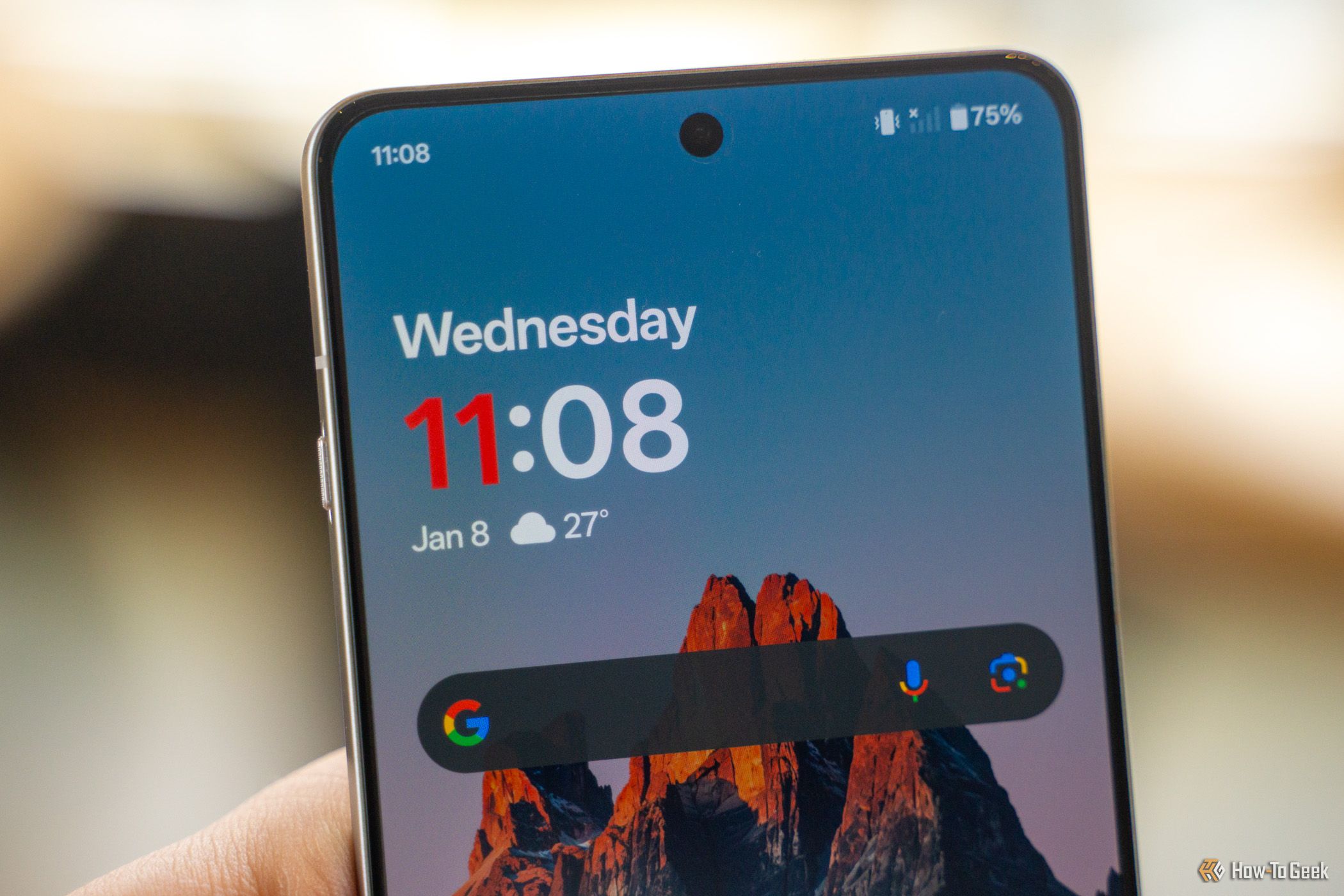
I’m coming from an iPhone 15 Pro with a 6.12-inch screen. The iPhone 15 Pro Max, which I feel is just too big, has a 6.69-inch screen. The OnePlus 13R somehow managed to shove a 6.78-inch screen into a package that doesn’t feel overwhelming like the 15 Pro does to me. Why this is, I’m not sure, considering the phones are physically almost the same size. The 1.5K ProXDR display looks super sharp and works well both inside and out. I loved watching YouTube and Instagram on it and found that it was extremely sharp.
While it doesn’t have a native 120Hz panel, the 13R uses “frame interpolation algorithms” to increase the screen to a 120Hz refresh rate in certain scenarios (or it can be turned on full-time). If I didn’t know that it wasn’t truly a 120Hz panel, it would have fooled me. And, while UFO Test does lock it in at 60 FPS, I find that it feels much smoother than a standard 60Hz screen.
The under-display fingerprint sensor leaves a lot to be desired. Being optical and not ultrasonic, it worked probably 60% of the time for me. I could understand if I had wet hands, or the screen was wet, or I had gloves on. But, it was a normal situation that it didn’t work during. It was quite frustrating, really. The face unlock worked pretty reliably, but the under-display fingerprint sensor is not something that I feel like I could rely on.
I would go to unlock the phone, and it would light up the fingerprint sensor area multiple times before actually recognizing my fingerprint. Sometimes, it would just not recognize it at all, and it would just fall back to the face unlock, which was almost flawless.
The Camera Is Worth Writing Home About
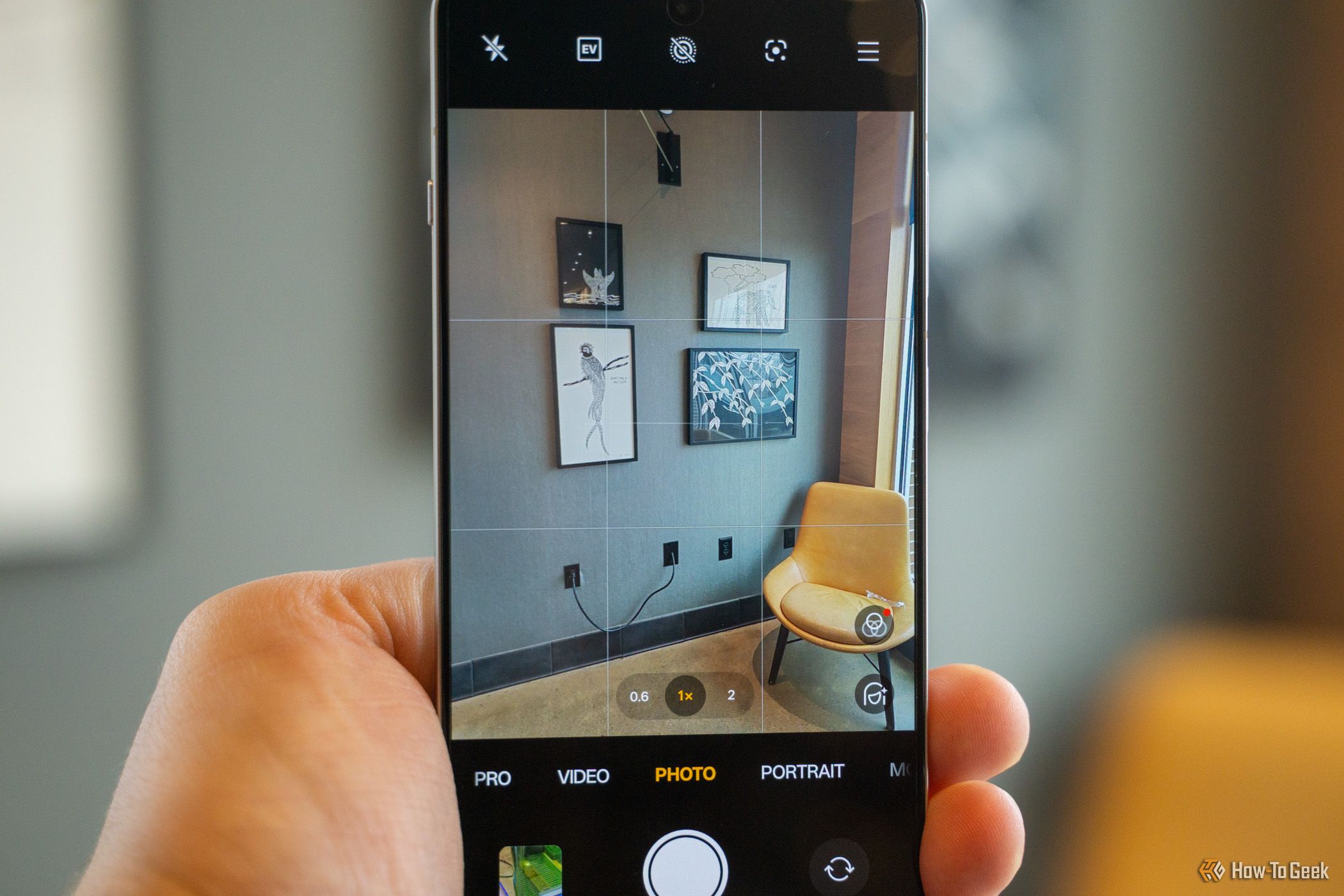
I’m an iPhone user, and I’m fully in the camp that very few Android phones have as good of cameras as the iPhone. However, the OnePlus 13R might change my perspective on that.
Hear me out. The iPhone has long been king of the hill in the camera arena, even going up against DSLRs in the past. However, the primary 50MP Sony LYT-700 sensor with OIS on the 13R is fantastic. Like, really fantastic. When taking pictures with the 13R, so long as it has ample light (as most phones require), the picture is phenomenal. The colors are accurate, the details are sharp, and the depth of field is actually quite good without having to fake it.
The built-in Pro mode allows you to change things like the shutter speed, ISO value, focus, and white balance manually. This is a really nice thing to have built into the camera app, and I wish Apple would take note here. Pro mode also defaults to capturing a RAW photo, as it should, though if you want, there’s a toggle to go back to JPG if it’s just a quick shot you don’t want to worry about editing later.
In addition to the standard photo modes, there’s also a night mode, hi-res mode, pano, document scanner, and dual-view video, all of which are nice additions within the stock camera app.
The 50MP 2X telephoto is also quite sharp, even in the macro mode. However, I do wish it was a little more than 2X zoom. Maybe my iPhone 15 Pro has spoiled me with the native 3X zoom, but 2X just feels so…meh these days to me.
With a 50MP sensor, it would have been easy for OnePlus to pull an Apple here and digitally crop the 2X on the 50MP sensor to, say, 25MP or even 12MP and then make the physical zoom a 3X lens. Overall, though, I’m pleasantly happy with the quality that the 2X lens outputs.
The 8MP ultra-wide lens, however, I’m somewhat disappointed with. There’s a fairly stark and noticeable quality drop whenever you switch to the ultra-wide lens. And, while the standard and telephoto lenses feature autofocus, the ultra-wide is a fixed focus. All that to say, the ultra-wide lens is just okay. It’s not great. I don’t think it’s terrible, either, but it’s nothing special for sure.
The OnePlus 13R Delivers Solid Performance and Even Better Battery Life
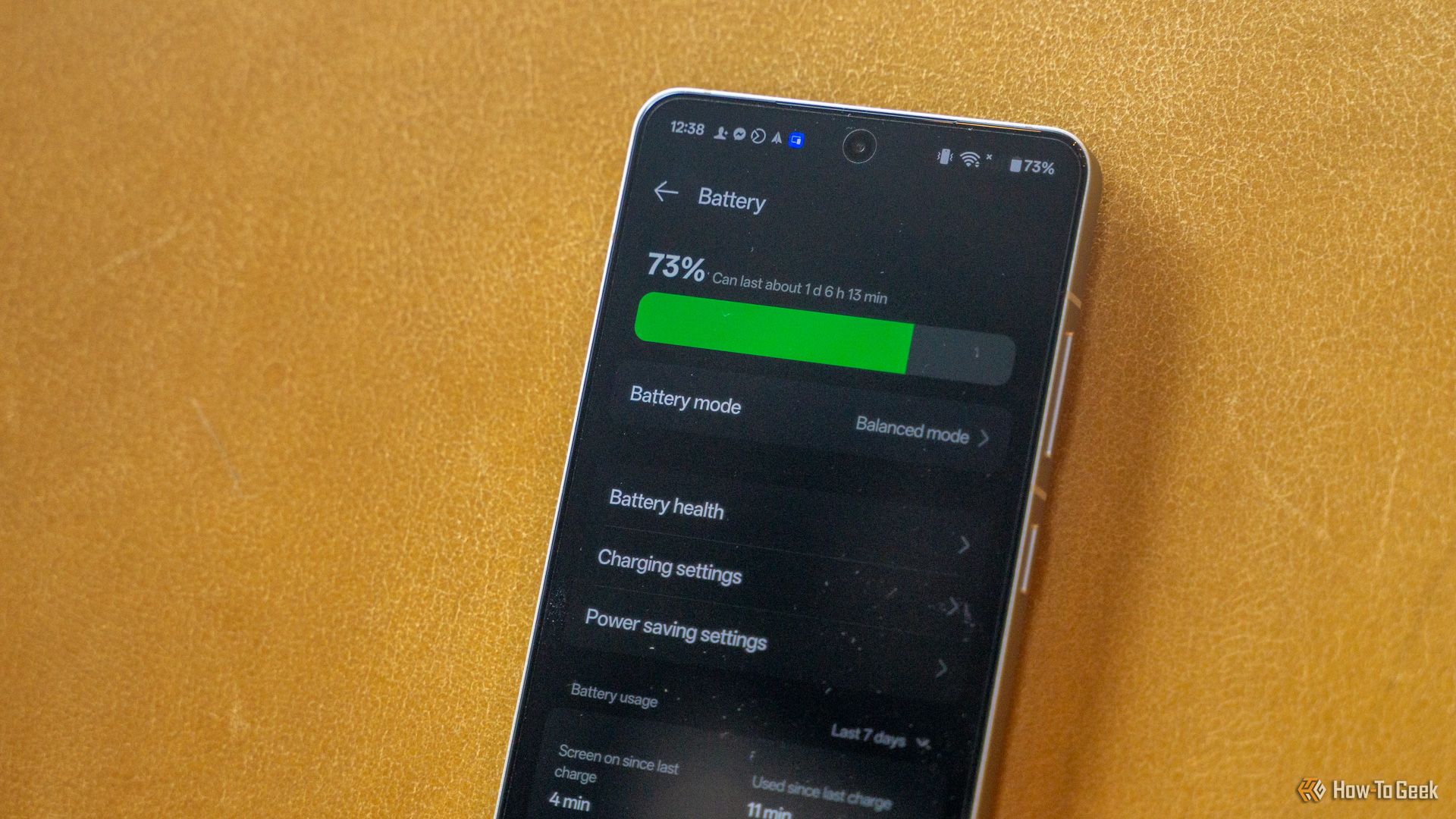
The Snapdragon 8 Gen 3 might not be the latest and greatest mobile processor on the market, but it still packs a punch. I honestly didn’t ever feel like the OnePlus 13R slowed down, no matter what I was doing. Whether I was playing a mobile game, browsing socials, switching between apps, or anything else, it easily kept up. I think this is helped, in part, by the 12GB of LPDDR5X RAM the phone features in the US.
Because of the RAM available here, which is the same amount of RAM featured in the base OnePlus 13, I think the 13R will hold its own for quite a while. This is good, considering OnePlus is officially stating that the 13 and 13R will receive four years of Android OS updates and six years of security updates, which puts the official lifespan of the phone out to 2031 before it’s deemed end-of-life by OnePlus.
The battery is also pretty stellar. The 6,000mAh single-cell battery lasts for days. Literally. While the 13R wasn’t my primary phone during my review period with it, I did use it quite a bit. And, even with hours of scrolling social media, watching YouTube, and general usage, it would easily last me well over a day. And, when I didn’t use it a ton, it simply sipped the battery and could go a solid week without having to be charged with intermittent usage.
I was honestly quite blown away by this. Coming from an iPhone 15 Pro that needs to be charged at the end of every day (if not midday), the thought of having a phone that doesn’t have that requirement is alluring to say the least. I know my 15 Pro is a year old at this point, but it has never had this type of battery life. No iPhone I’ve ever had has lasted days without a charge, even when on Wi-Fi only with little usage.
Should You Buy the OnePlus 13R?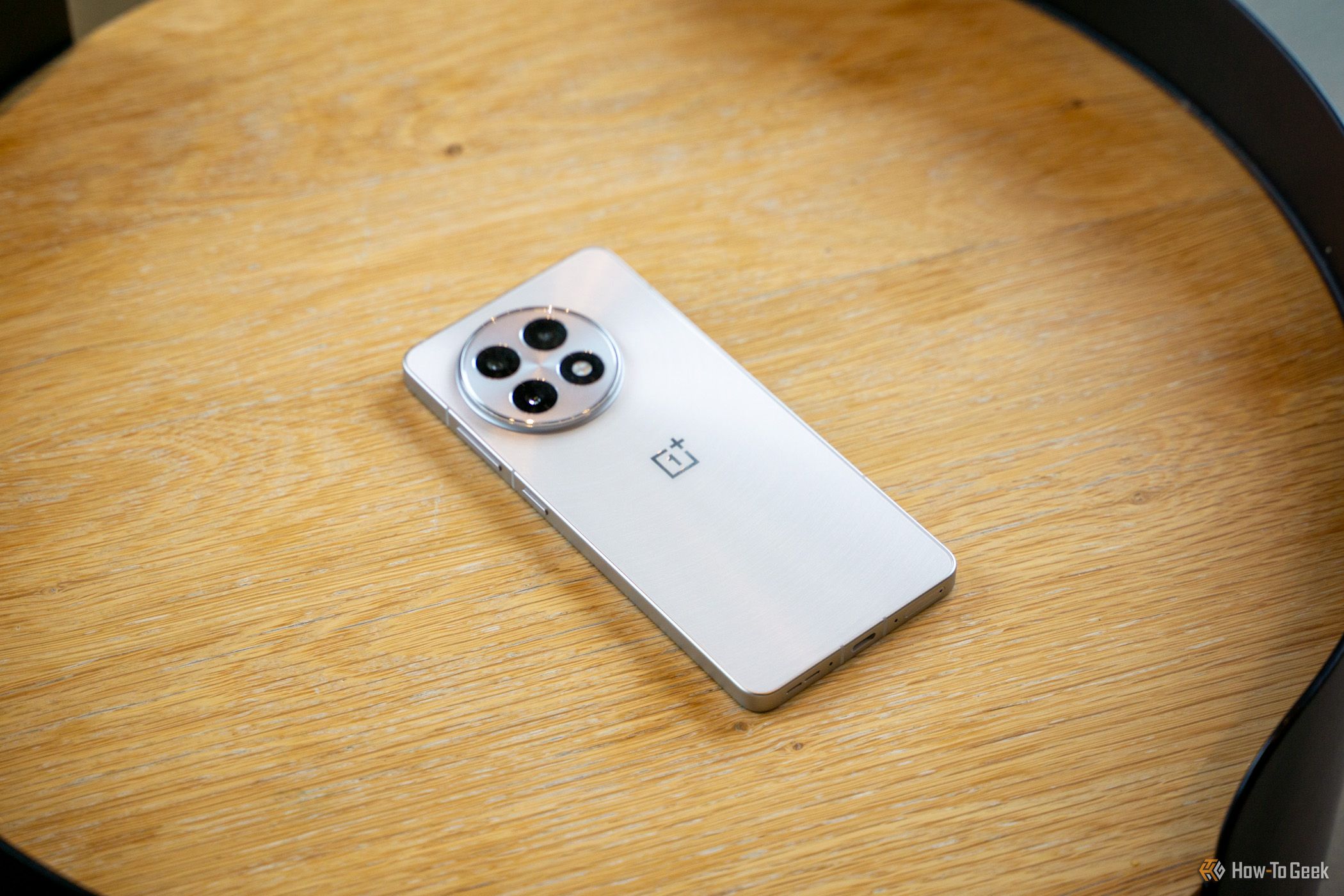
The OnePlus 13R is very likely going to set the tone for mid-range smartphones in 2025. It has a solid camera setup, fantastic battery life, and great performance for $600.
While the more expensive OnePlus 13 has a triple 50MP Hasselblad camera setup (including the ultra-wide), supports 50W AIRVOCC wireless charging, and features an IP69 waterproof rating, there aren’t many other differences between the two phones to justify the $300 to $400 price hike over the 13R.
I’d say that from the OnePlus 13 lineup, the 13R is the OnePlus for most people. I just really wish that OnePlus would have included some form of wireless charging on the 13R.


OnePlus 13R
The OnePlus 13R is OnePlus’ mid-range smartphone of 2025, featuring the Snapdragon 8 Gen 3 SoC with 12GB of LPDDR5X RAM and 256GB of UFS 4.0 storage. The 6,000mAh battery delivers all-day, if not multi-day battery life, while the triple camera array features two 50MP sensors for the standard and 2X telephoto lenses alongside an 8MP ultra-wide sensor.

